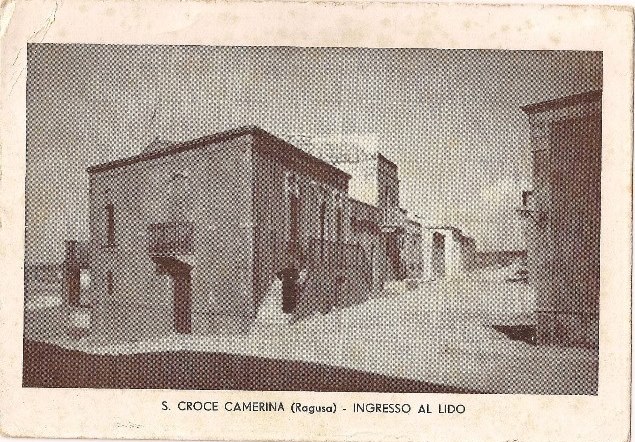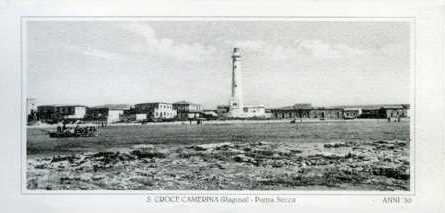Punta Secca, a hamlet of Santa Croce Camerina, rises to the east of the inlets and frequent elevations that characterise the Camarina coastline. Inhabited by nuclei of fishermen and shepherds since earliest antiquity, it was an offshoot of Camarina, which it survived, albeit without much light. On the shoals and rocks still visible in the sea in front of it, commercial and military ships were wrecked, whose wrecks with amphorae, statues, coins, etc. sometimes emerge from the jealous seabed, arousing the interest of divers and antiquists and enriching the nearby Camarina Museum with finds.
It was near this site that the Byzantine Belisarius gathered the militia to snuff out the last Goths from the Maltese archipelago, and the Normans of Roger of Hauteville set out to anchor the men of the half-moon from the places still occupied.
After several centuries of abandonment, the village with the surrounding territory and the nearby Casale di Santa Croce came to the Celestri, nobles of the Contado di Modica, who began its colonisation by building a small church, a camperia for storing tuna and salted fish, vats and kilns, and finally watchtowers and defence towers.
Connected to Santa Croce by a road and equipped with an orientation lighthouse in 1853, Punta Secca developed further due to the increase in agricultural activities and the birth of the first holiday homes and new warehouses, while sardine and coral fishermen arrived from Naples to exploit the riches of the sea. In one of the many caves that pierced the coast during the years of the Great War, this ‘Ernesto’ found refuge to live as an anchorite and in reality to do espionage work in favour of Austria.
In July 1943, Punta Secca with the neighbouring Punta Braccetto was a landing area for contingents of the 7th American Army. The development of the hamlet, as well as of Casuzze, Caucana and Punta Braccetto, was truly great after the Second World War. (Giuseppe Miccichè: ‘Santa Croce nei secoli’, ‘Quel caldo luglio del’43').



CIR: 19088010B401020
CIN: IT088010B44X5OUHU7
B&B La casa di Montalbano
Corso Aldo Moro, 44
Punta Secca – Fraz. di Santa Croce Camerina (RG)